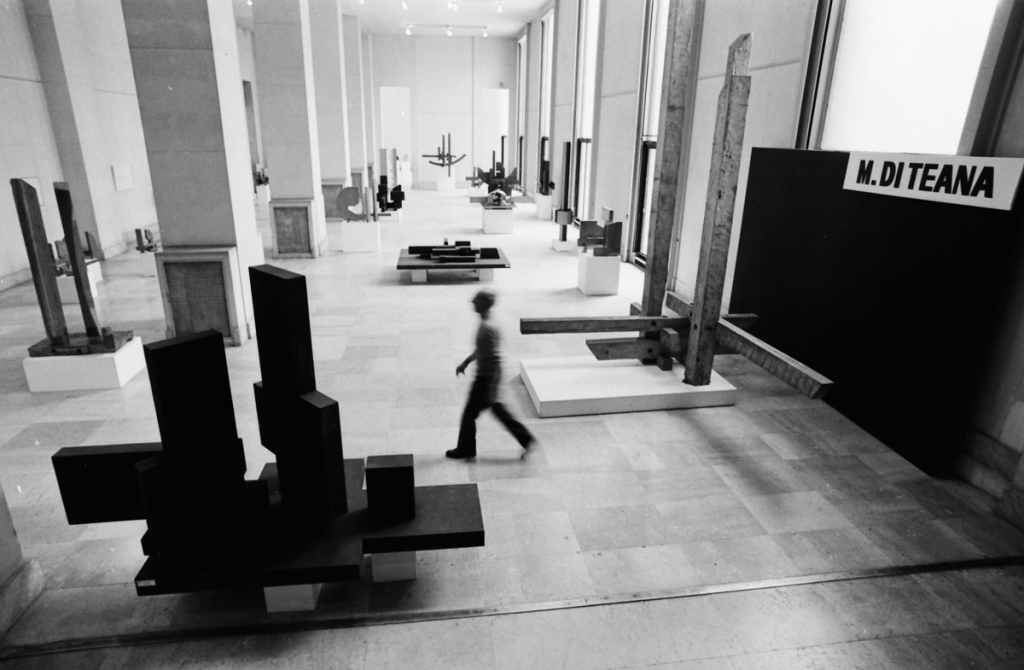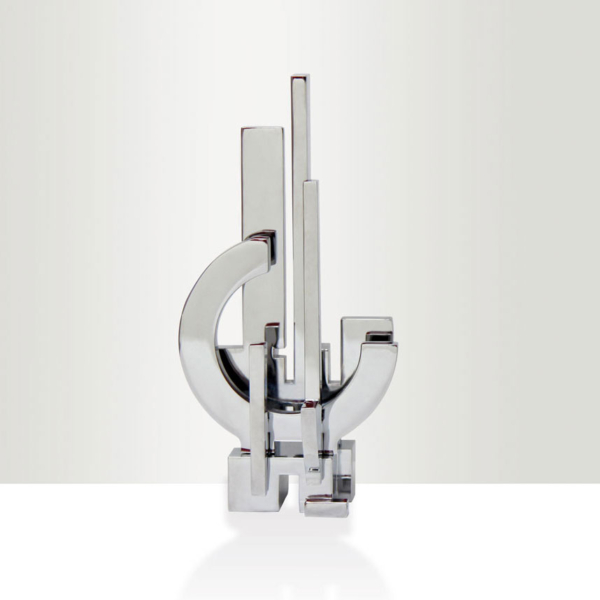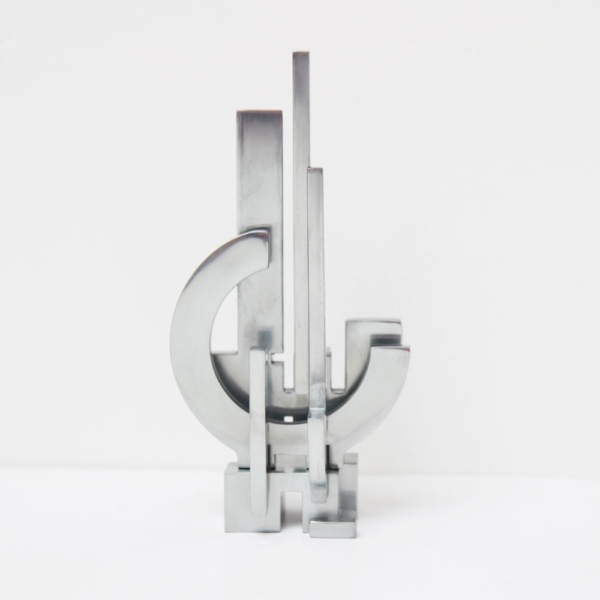
“Un poète et un philosophe de l’espace, selon la formule de Marie-Ange Brayer, directrice du Frac Centre (Fonds régional d’art contemporain), s’en est allé. Francesco Marino di Teana, qui s’est éteint le 1er janvier à l’hôpital de Brunoy (Essonne) à 91 ans, était connu pour ses œuvres monumentales.
Avec lui, la sculpture se fait architecture, elle est un édifice, le vide se fait matière contribuant à l’équilibre des formes. Il considérait d’ailleurs qu’une œuvre est autant structurée par ses vides que par ses pleins, d’où sa théorie du “vide actif”. “Pour créer un dialogue harmonique dans l’espace, il faut un certain nombre de formes libres, comme il faut une certaine distance entre deux personnes pour que la conversation soit significative.” Il a su aussi, confie la galeriste Denise René, “donner une humanité au plus froid des matériaux, l’acier” grâce à son étonnante sensibilité au métal…”
Publié le 13 janvier 2012 par Francis Gouge.





